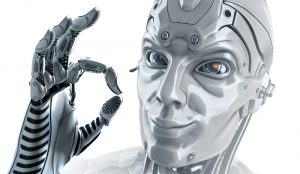
Heart transplant
In 2018, 14 baboons received a heart transplant from the pigs in Munich. The animals didn’t survive long. For example, two of the monkeys lived for 6 months, which is a record when it comes to animals that received a heart from other species.
This was a very appreciated achievement, and it was mentioned in a report published in Nature that this is considered to be “a milestone on the way to clinical cardiac xenotransplantation”.
Unfortunately, the other baboons didn’t survive that long. Four of them died a day or two after the surgery, and the fifth baboon died after a month.
Bruno Reichart, a retired heart transplant surgeon that worked on this project says that he is working on a way to have a more efficient delivery system to enable the baboons to take their anti-rejection drugs for at least a year (that is because it’s dangerous to give anti-rejection drugs to baboons more than six months after the procedure).
According to him, a year is the perfect amount of time that researchers need to prove that xenotransplantation is safe to be tested on people.
Costs
Creating a gene-edited pig and then raising it to the standards necessary by the US Food and Drug Administration and other authorities that would regulate pig-to-human transplants all around the world is not cheap at all.
Barbara Kessler, one of the scientists from Munich, and her colleagues clone pig embryos by inserting desired genetic material into eggs that are taken from a local slaughterhouse.
In order to keep germs to a minimum, each new line of pigs must be conceived in a lab dish, delivered via Caesarean section, and separated from its mother at birth.
In conformity with Kessler, after a while, the germ-free generations will require fewer measures and will cost around ten times as much as growing a pig for bacon and its meat.
Reichart stated that he needed money to do one more trial in which baboons are kept alive for a year with pigs’ hearts before he can try them in humans.
However, this is not the only group that is working towards xenotransplantation. For example, in Florida, transplant surgeon Joseph Tector, who recently moved to the University of Miami, says that all he needs now is time to establish a pig facility similar to Wolf’s but stricter, and he’ll be ready to test pig kidneys in humans.
Another example is a pig facility at the University of Alabama-Birmingham that supports clinical transplants, with scientists examining both hearts and kidneys. Their first xenotransplantation clinical trial could be in newborns born with congenital cardiac defects. A pig heart could act as a bridge until they can acquire a human heart, as Baby Fae anticipated.
TAKEAWAY
Even though researchers are doing a lot of things to make xenotransplantation possible for humans, there is still a way long to go.
Would you dare to try xenotransplantation? What do you think about it? Don’t forget to share your thoughts with us by leaving them in the comments section down below!











































